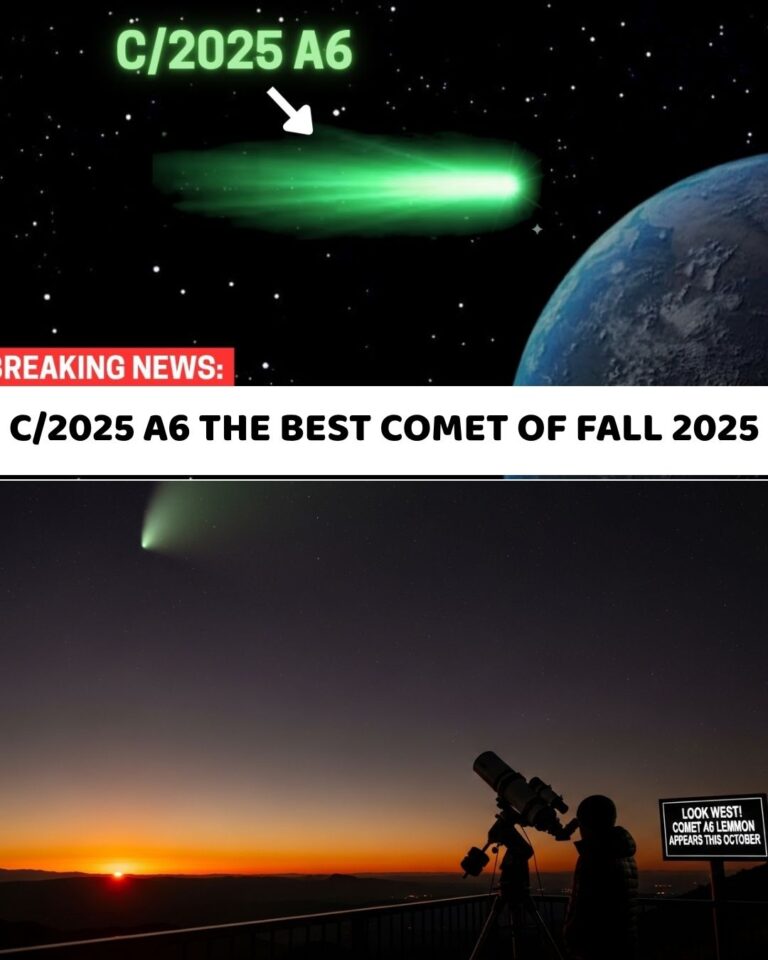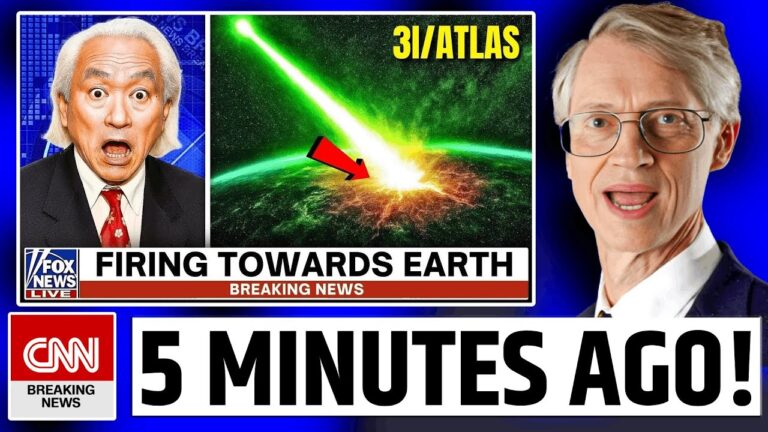In an unprecedented revelation that could redefine our understanding of the cosmos, the European Space Agency has confirmed the detection of a mysterious interstellar object, designated 3I/Atlas, which has displayed behavior that defies the laws of physics as we know them. Captured by the ExoMars camera aboard one of its orbiters, this enigmatic celestial visitor managed to halt its swift trajectory for three hours before accelerating to an astonishing velocity of 122 kilometers per second—double that of any previously monitored interstellar object. This bewildering phenomenon has sent shockwaves through the astronomical community, leaving experts in a flurry of investigation and debate.

Discovered as it streaked through the solar system on July 1, 2025, 3I/Atlas has now garnered the focus of every major astronomical observatory on the planet. With data suggesting it measures a staggering 5 kilometers across and contains a surprising abundance of nickel in its coma, the implications of this discovery reach far beyond mere observation; they touch on the very foundations of propulsion theory, energy requirements, and potentially, the existence of advanced technologies beyond our comprehension.
Astrophysicists are scrambling to understand the mechanics behind the object’s abrupt stop and the subsequent surge. If this behavior is corroborated, it would shatter previous assumptions about what is physically possible. This comet’s ability to seemingly ‘pause’ and ‘restart’ its motion calls into question everything humanity knows about momentum and inertia, forcing a reassessment of theories that have stood firm for centuries. The gravity of this situation is underscored by the swift mobilization of NASA and other international space agencies, positioning their highest-quality telescopes—such as Hubble and James Webb—toward the approaching comet to capture every possible data point in real time.
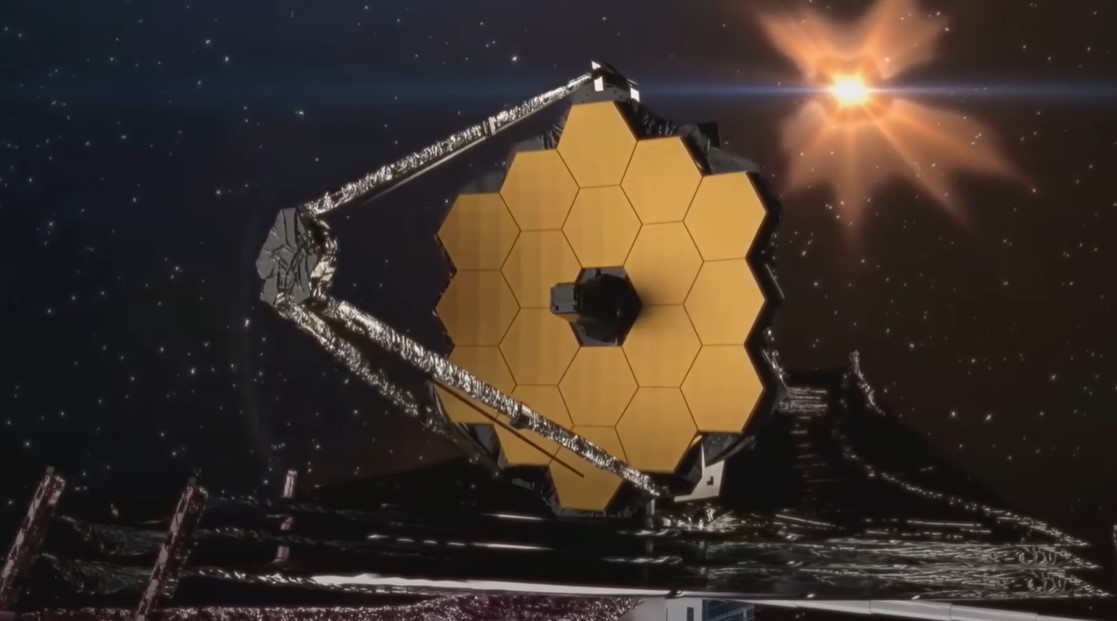
Early analysis reveals that 3I/Atlas is not your typical interstellar wanderer. It has characteristics unlike any comet our solar system has encountered before. While previous interstellar objects like Oumuamua and 2I/Borisov elicited questions regarding their origins, 3I/Atlas’ velocity and chemical signature present an even more intricate puzzle. The excess nickel found in its coma is particularly concerning; nickel is generally produced in extremely hot and energetic environments, often associated with catastrophic events like supernovae or close proximity to massive stars. Such a chemical fingerprint hints at a violent background, possibly suggesting its origin from a chaotic stellar nursery filled with gravitational turmoil.
As astronomers meticulously retrace 3I/Atlas’s trajectory through the Milky Way, they discover it loops back to turbulent star systems not yet studied with detail. The findings indicate it may have been ejected during times of extreme gravitational interaction—where gas giants play a perilous game of cosmic pinball—flinging icy bodies like 3I/Atlas into the vast expanse of space at unimaginable speeds. This context adds to an already electric narrative of an object steeped in mystery and cosmic drama.
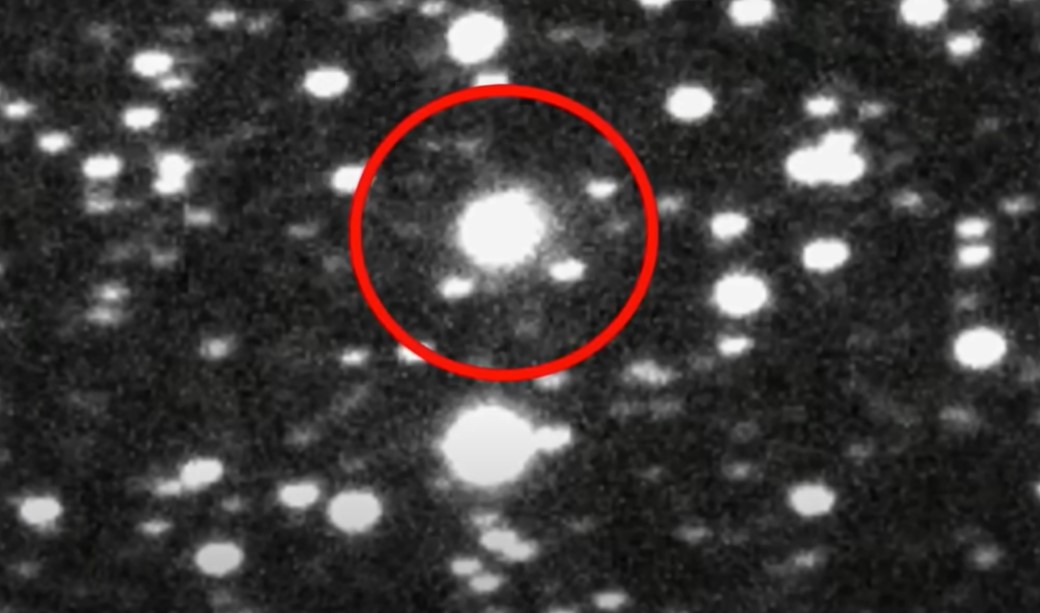
As the comet approaches perihelion—scheduled for October 30th—ground-based and orbital telescopes are ramping up their surveillance efforts, aiming to collect critical data. Observatories around the globe are coordinating meticulously to monitor any potential shift in brightness patterns or thermal emissions that could lend more weight to the claims of anomalous motion. Every minute counts, and scientists are keenly aware that the next wave of observations could yield revolutionary insights, either confirming long-held assumptions or drawing us closer to the possibility of controlled energy signatures previously thought to exist only within the realm of science fiction.
This is no mere academic curiosity—the stakes are sky-high. If 3I/Atlas stretches the boundaries of our understanding, it could alter the entire landscape of space travel, resource extraction, and the potential for life beyond Earth. Should confirmed evidence of controlled propulsion emerge, every space agency on Earth would launch into a race to reverse-engineer the principles behind it, utterly transforming our approach to interstellar exploration.
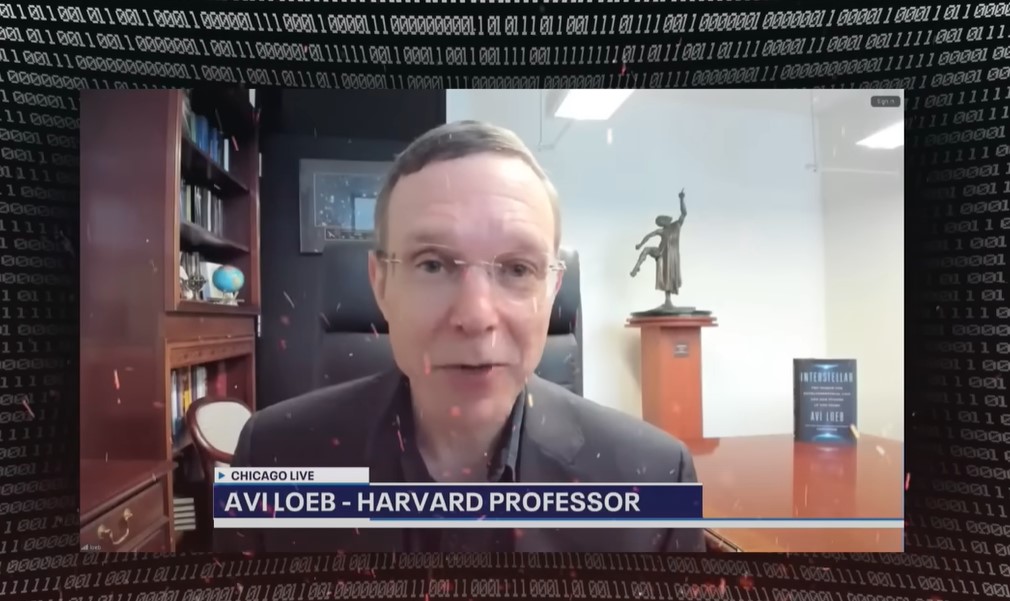
Imagining the ramifications, human security could take a significant hit; we would require protocols for interaction with unidentified interstellar objects. How do we respond when something capable of maneuvering at will enters our realm? Detecting and tracking becomes paramount, and nations must collaborate to formulate strategies for whatever unknown might come next from the great beyond.
Experts are already contemplating the creation of a rapid intercept mission, embodying the urgency of our times. A streamlined spacecraft outfitted with high-resolution cameras and thermal mapping technology could be launched with astonishing speed to capture close-up views of 3I/Atlas, providing crucial insight into its surface structure and chemical composition. The contrast of emotions—excitement for unprecedented discovery tinged with anxiety for the implications—beautifully encapsulates the human spirit’s quest for knowledge.
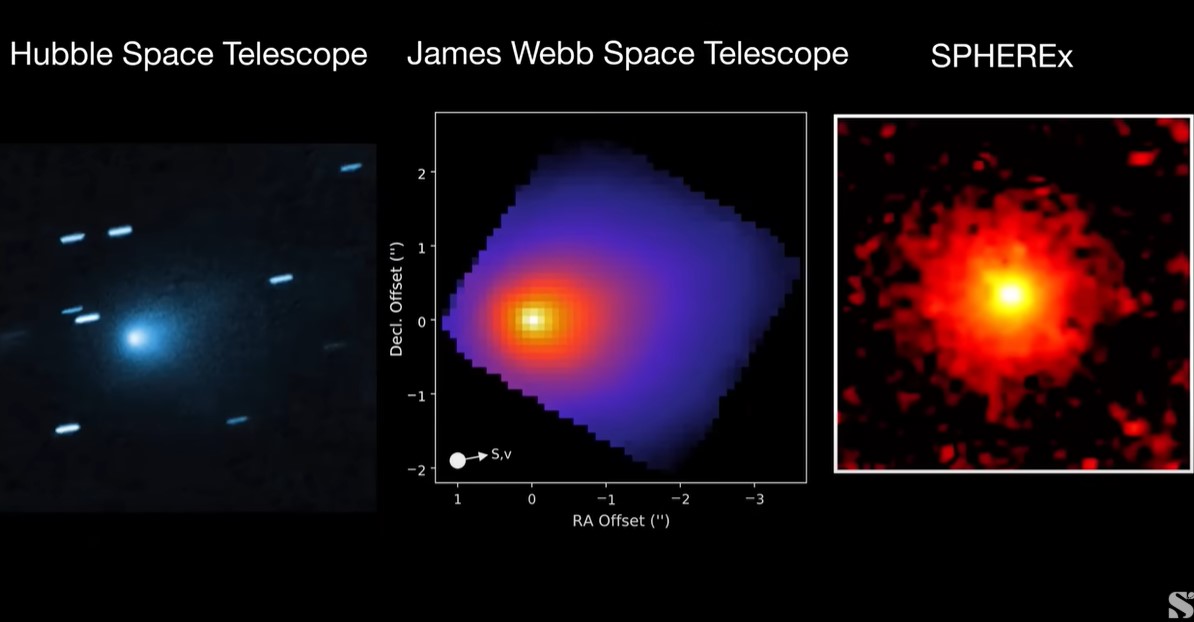
As the astronomical fraternity braces for what could be a historic announcement in the coming weeks, the daunting truth is that the answers we get will shape our world for decades to come. The light emanating from 3I/Atlas might reveal patterns of unparalleled significance, and any deviation from expected behavior could trigger a cascade of questions that challenge the very fabric of our scientific understanding.
This isn’t just about tracking an icy body hurtling through space; it’s a call to arms for humanity’s scientific intellect, a moment of cosmic significance where we stand on the precipice of revelation. Will we be ready? The observatories, the telescopes, the scientists—all are set to seize the moment. In this extraordinary race against time, 3I/Atlas becomes more than a comet; it embodies our innate yearning to comprehend the universe and our place within it.
The world is watching, and as 3I/Atlas sails toward perihelion, the anticipation ripples through every corner of the scientific community and beyond. Buckle up; we are on the brink of discovery, and the outcome could change everything we know.
